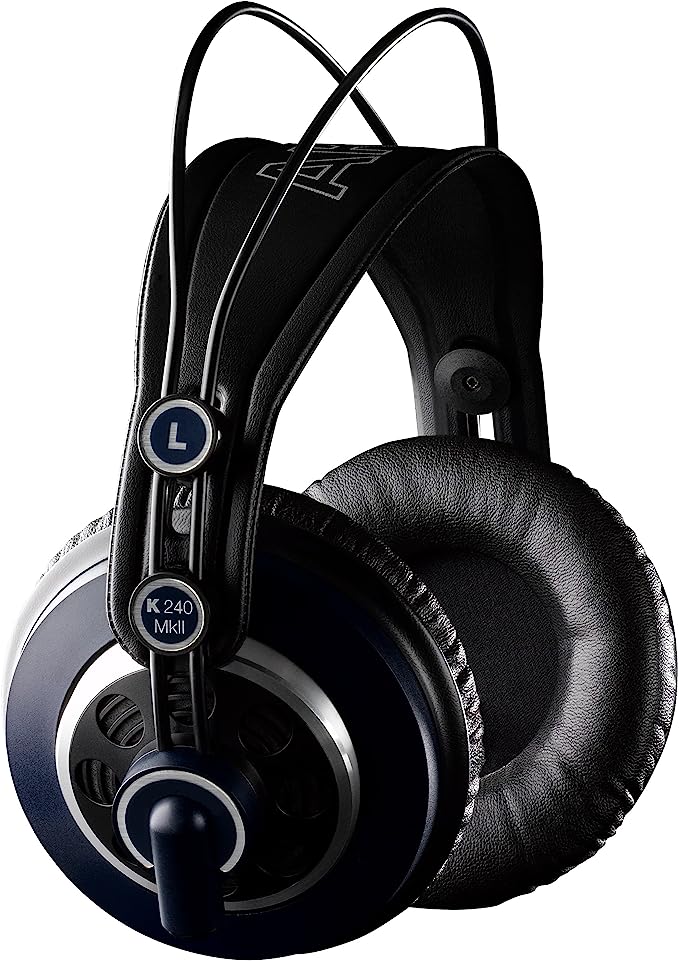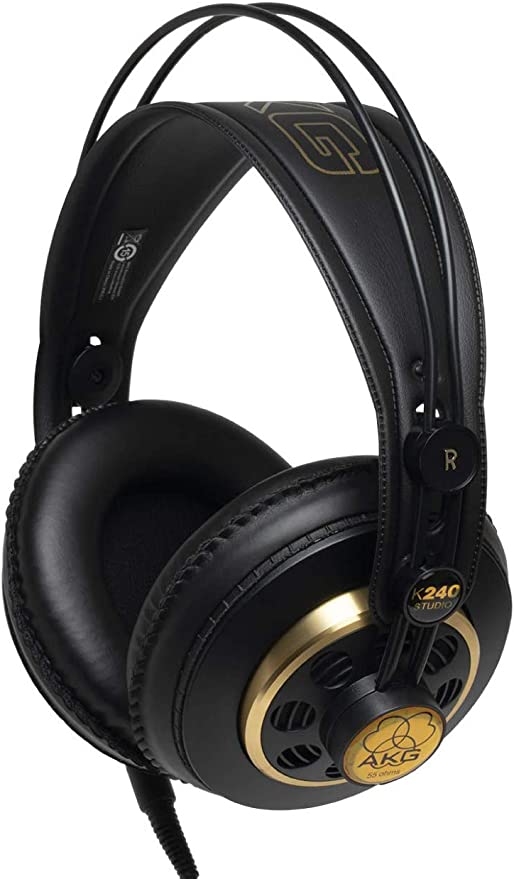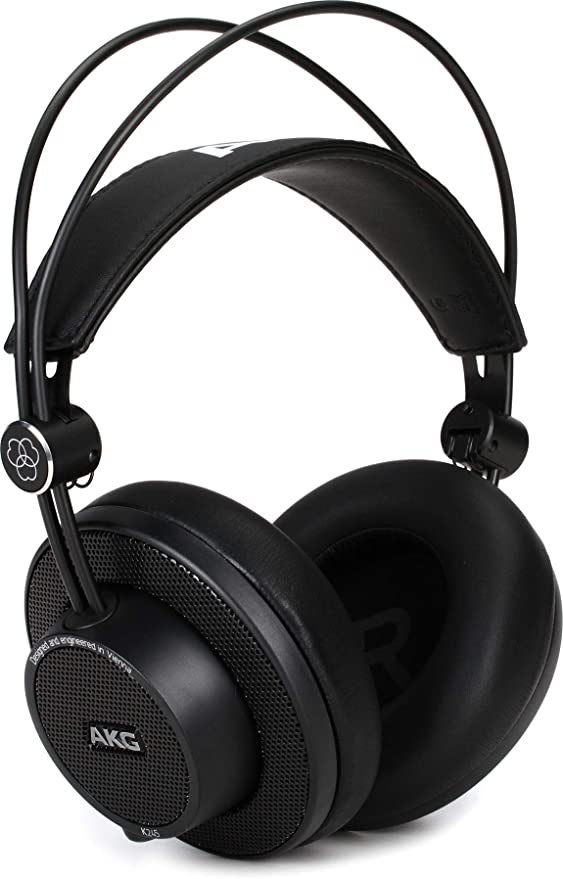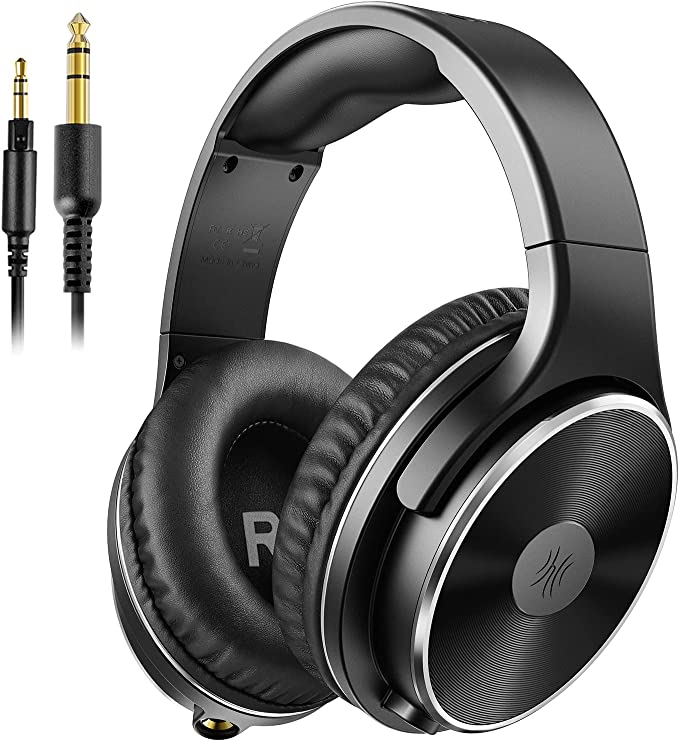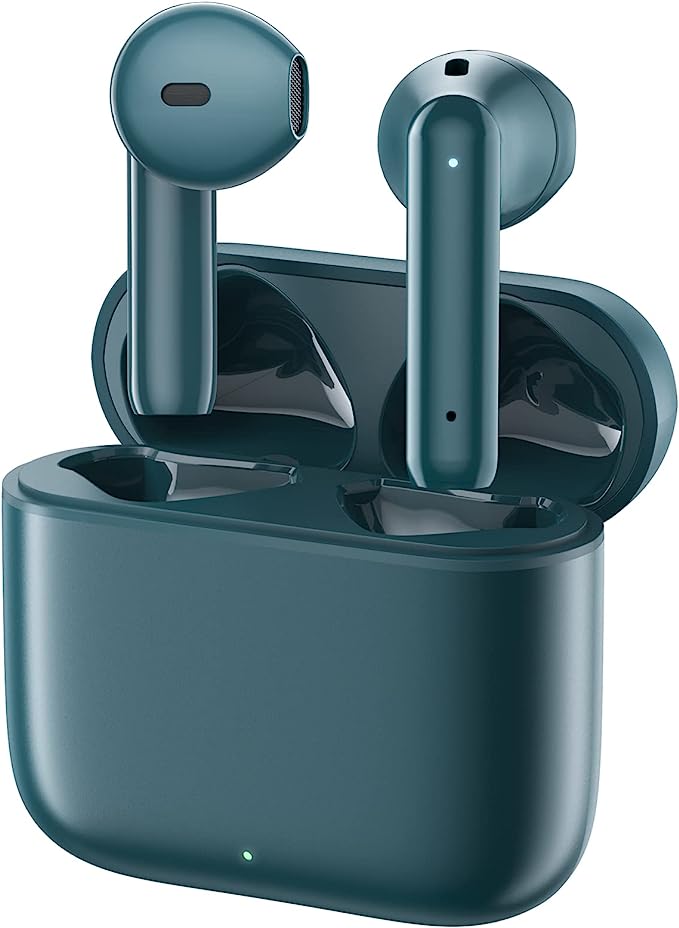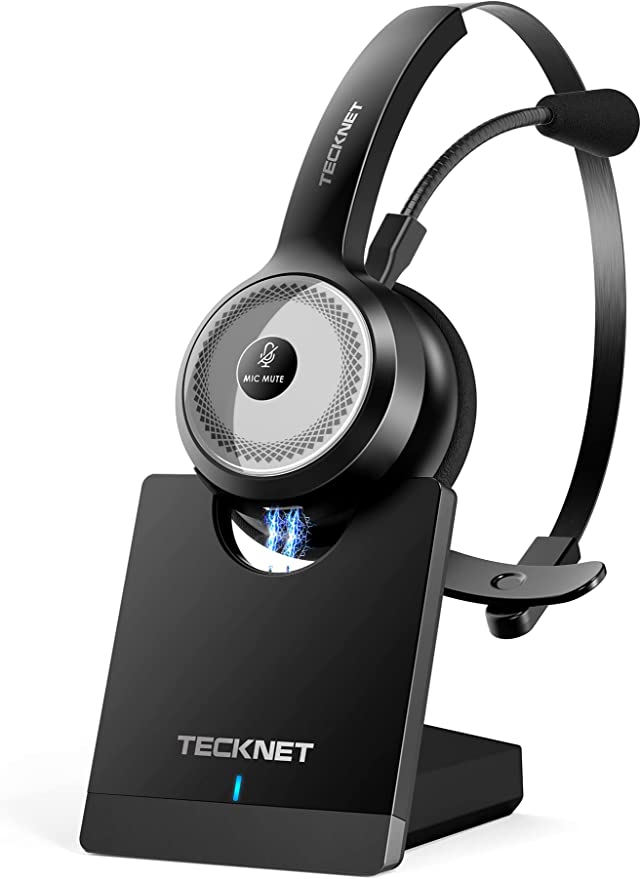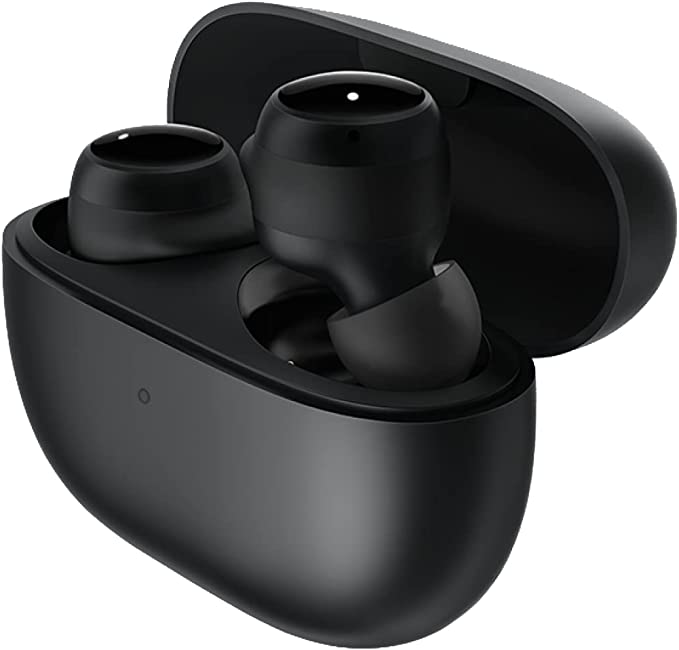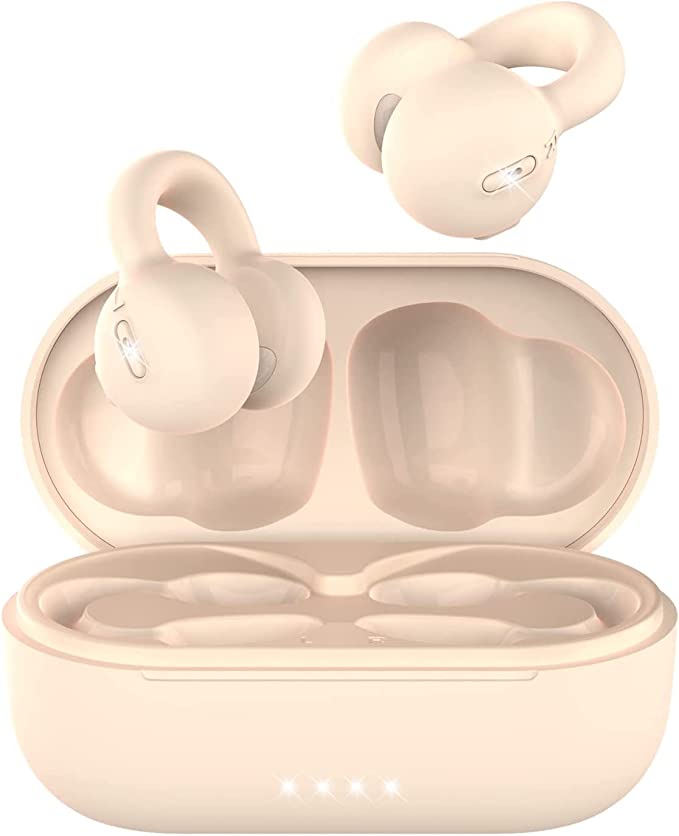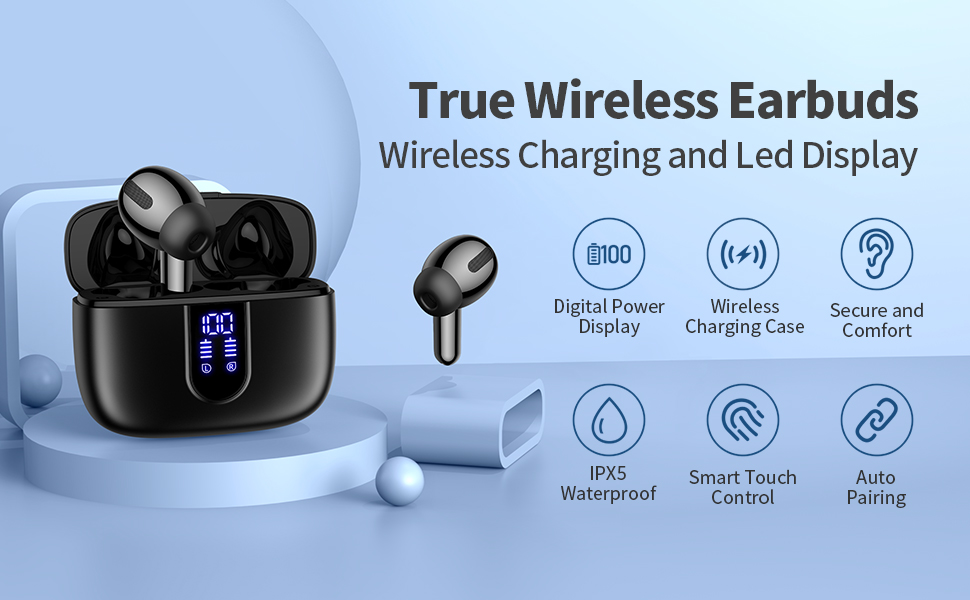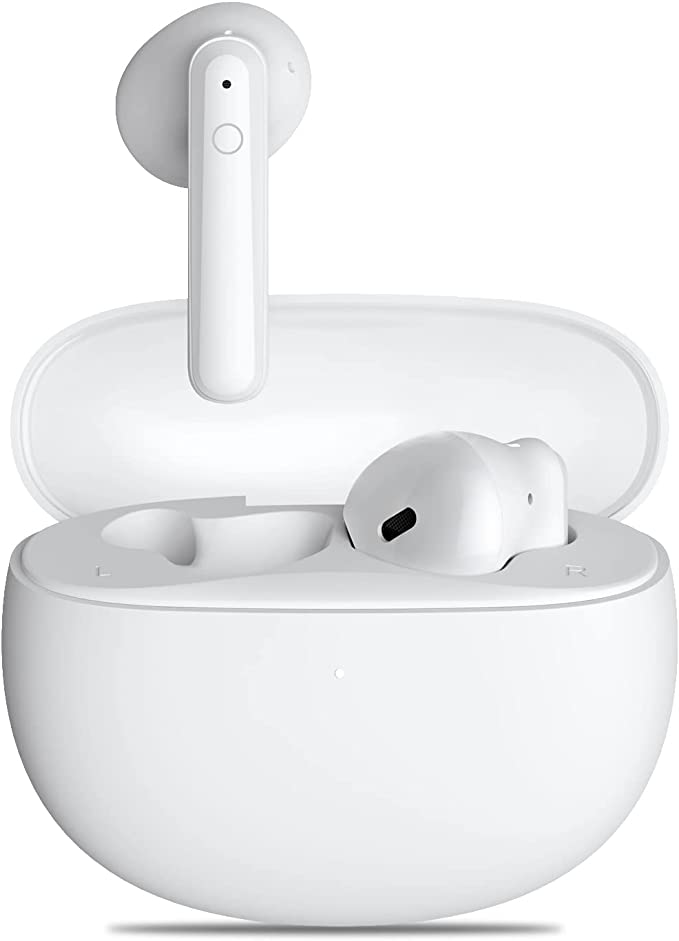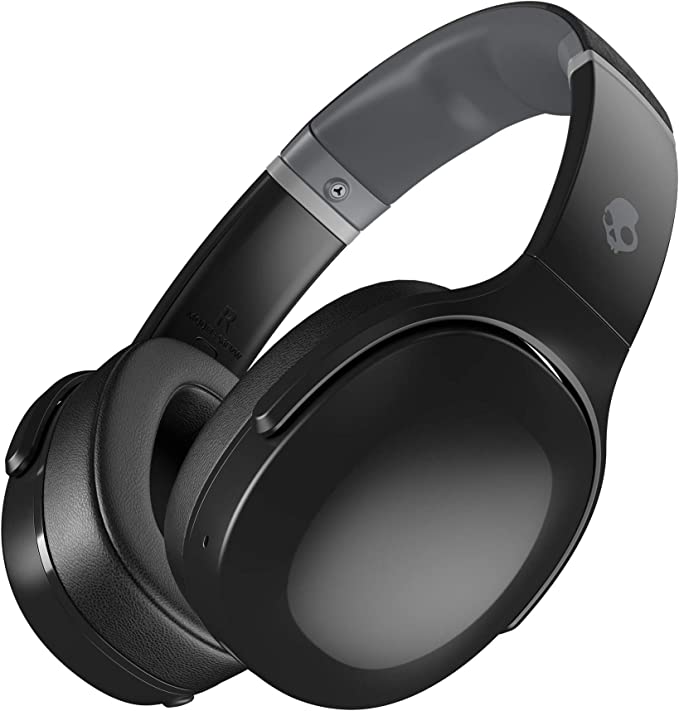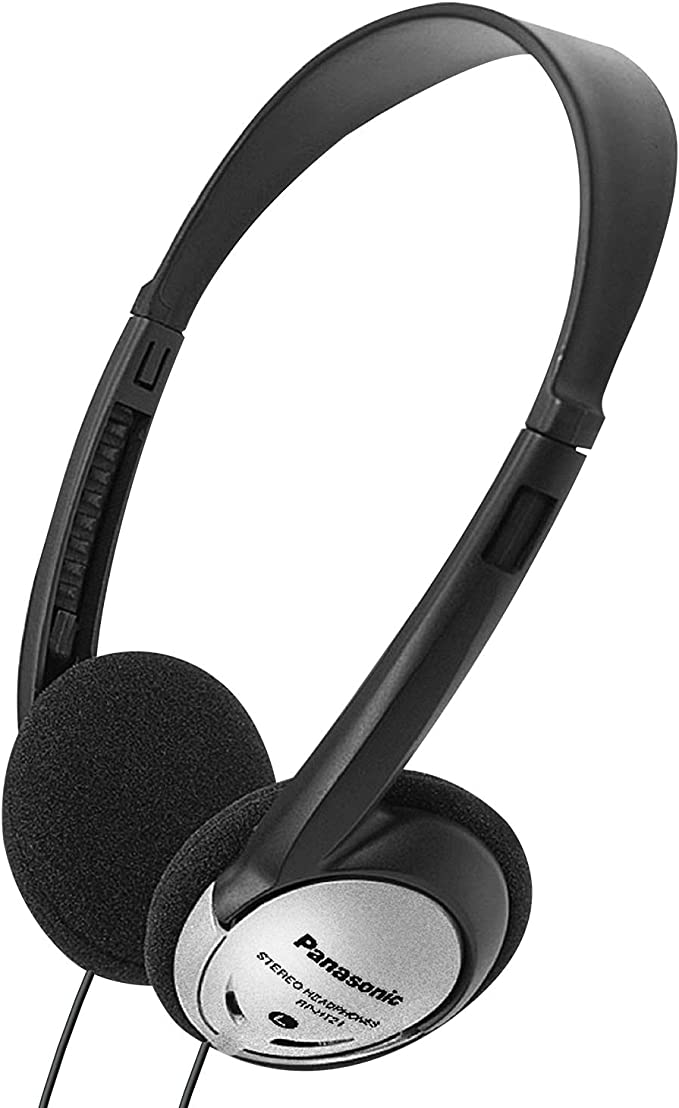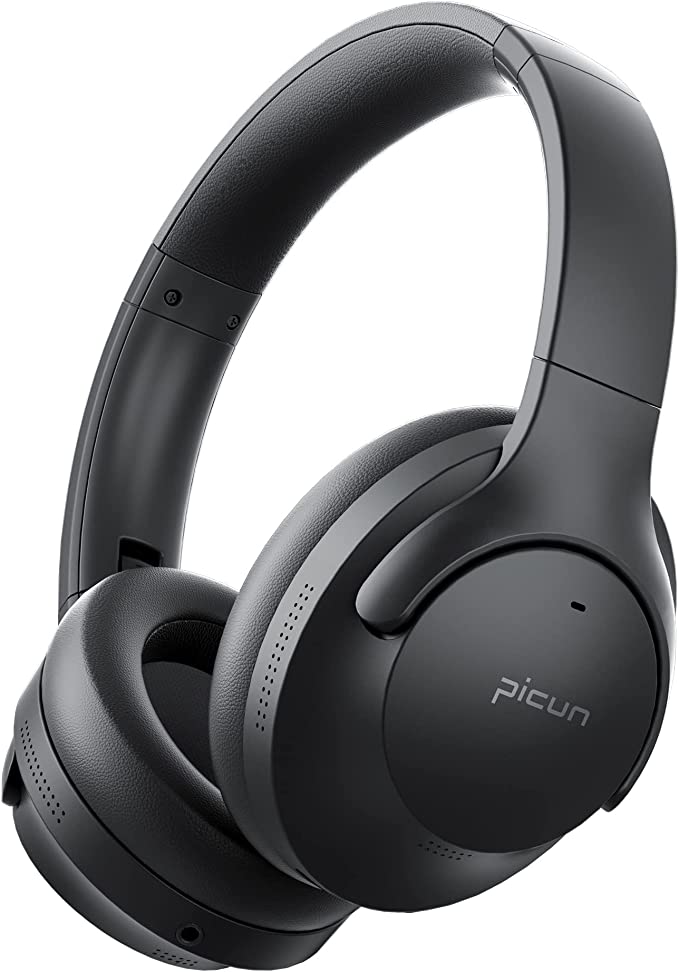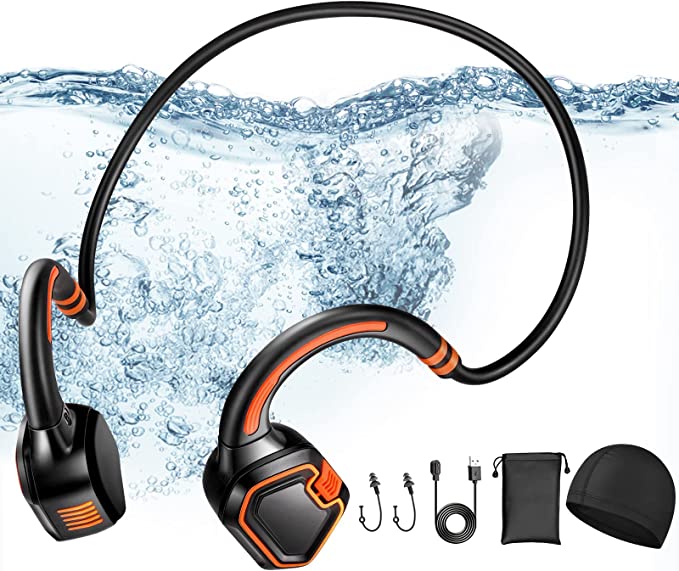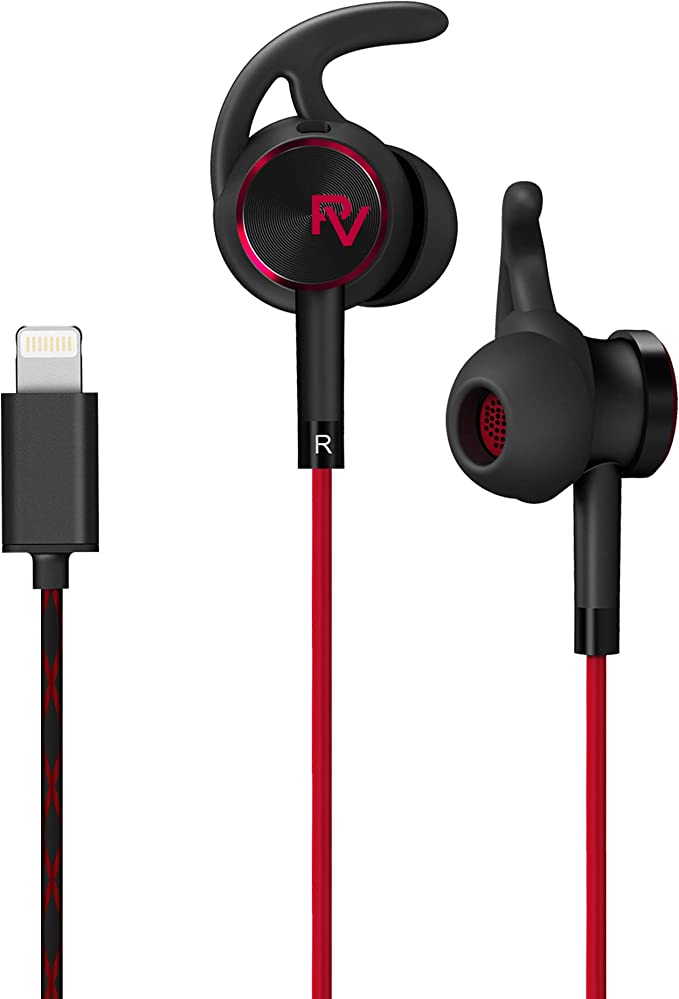Akai Professional MPC One+ Standalone Music Production Powerhouse: Your Studio, Anywhere
Update on Sept. 23, 2025, 2:44 p.m.
It’s 1986. In a dimly lit Bronx basement, a DJ hunches over two turntables. Her left hand is a blur, rocking a spinning vinyl record back and forth in a frantic, rhythmic dance. She’s not just playing a song; she’s hunting. She is chasing a ghost—a fraction of a second, a single, perfect drum beat hidden within the dense groove of a James Brown track. This act of physically isolating a sound, known as a “breakbeat,” was the pinnacle of audio deconstruction. It was a manual, imprecise, and deeply human art form that would lay the foundation for an entire genre of music.
Now, fast forward to today. A musician sits in a cafe, tapping on a small, glowing box. She loads that same James Brown track, presses a button labeled “Stems,” and in seconds, the song neatly unravels itself into four distinct tracks: vocals, bass, drums, and music. The ghost that the DJ spent hours hunting is now captured, caged, and ready to be manipulated with surgical precision.
What happened in the intervening decades? What series of scientific and philosophical leaps took us from the physical friction of a needle in a groove to the silent, algorithmic dissection of sound itself? This isn’t a story about a single product. It’s the story of how we taught machines to listen, and in doing so, changed our relationship with reality. And as our guide through this journey, we have a perfect modern-day Rosetta Stone: a unassuming beat machine like the Akai Professional MPC One+.

The Digital Echo: The Mathematics of Capturing a Ghost
Before you can deconstruct sound, you must first capture it. For most of human history, a sound was a fleeting event—a momentary disturbance of air that vanished the instant it was made. The invention of analog recording, first on wax cylinders and later on magnetic tape, was revolutionary. It allowed us to trap this ghost, to turn a temporal event into a physical object. But this ghost was fragile. Every copy introduced noise; every edit required a razor blade and a steady hand. The sound was inextricably bound to its physical medium.
The digital revolution proposed a radical new idea: what if we could translate the ghost into a language? A universal, immortal language of numbers. This process is called analog-to-digital conversion, and it is the foundation of our entire modern world.
Imagine trying to capture the exact arc of a thrown ball with a series of still photographs. To do it accurately, you’d need to consider two things. First, how many photos you take per second—the frame rate. Second, how much detail is in each photo—the resolution or color depth.
Digital audio works on the exact same principle. The continuous, infinitely smooth wave of a real-world sound is captured by an Analog-to-Digital Converter (ADC).
The “frame rate” of audio is its sampling rate. It measures how many tens of thousands of times per second the ADC takes a snapshot of the soundwave’s amplitude. The mathematical proof for why this works, the Nyquist-Shannon sampling theorem, established by geniuses at Bell Labs decades ago, is the bedrock of digital communication. It guarantees that as long as your sampling rate is at least twice the highest frequency you want to capture, you can perfectly reconstruct the original wave. You haven’t lost the ghost; you’ve just described it with breathtaking precision.
The “resolution” of audio is its bit depth. It determines how many possible values each snapshot can have, defining the dynamic range—the distance between the loudest and quietest possible sounds. A low bit depth is like describing a sunset using only eight colors; a high bit depth gives you millions of shades to work with, capturing every subtle nuance.
When a device like the MPC One+ samples a sound, it is performing this foundational act of translation. It is converting a continuous, analog reality into a discrete, digital description. The ghost is no longer a fragile imprint on tape; it is now a string of numbers, perfect and incorruptible, ready for the next stage of its journey.

The Ghost in the Machine: Translating Human Touch into Data
We captured the sound. Now, how do we perform it? How do we interact with this digital ghost? This question moves us from the realm of physics and mathematics into the discipline of Human-Computer Interaction (HCI).
For centuries, the expression in a musical instrument came from its physical nature. The vibration of a string, the resonance of a wooden body, the column of air in a pipe. A digital instrument has none of this. It is, at its core, silent and inert. The challenge, then, is to create an interface that can capture the nuance of human expression and translate it into the numerical language the machine understands.
This is where the genius of the 16 pads on an MPC becomes apparent. They are not simple on/off buttons. They are velocity-sensitive. Beneath each pad lies a sensor—often a sheet of pressure-sensitive material—that measures not just that you hit the pad, but how hard you hit it. A gentle tap is translated into a low velocity value, perhaps triggering a quiet, delicate sample. A forceful strike generates a high velocity value, unleashing a loud, aggressive sound.
This may seem simple, but it is a profound leap in interface design. It is the machine learning to feel. The subtle difference in pressure between your fingers, the ghost of a rhythm that exists only in your mind, is captured and quantified. It’s why musicians speak of the “Akai feel”—a testament to an interface so well-tuned that it becomes an extension of the body, a transparent medium between intent and outcome.
This concept was further expanded by MIDI (Musical Instrument Digital Interface). Created in 1983, MIDI is the Esperanto of electronic music. It transmits no sound. Instead, it transmits a stream of events: “Note On,” “Note Off,” “Velocity: 112,” “Pitch Bend: +5.” It is the disembodied soul of a performance. When an MPC commands an external synthesizer, it is this ghost of human touch, translated into MIDI data, that travels down the cable to bring the other machine to life.

The Rosetta Stone of Sound: Seeing the Invisible with Mathematics
So we’ve captured sound and captured the intent to perform it. But our original goal remains: how do we deconstruct a finished song, that messy, beautiful collision of dozens of sounds all mixed into one single waveform?
To the human ear, and to a standard computer, a stereo audio file is an opaque, two-channel stream of data. The sound of a kick drum, a bass guitar, and a vocal harmony, all happening at the same time, are summed together into a single, complex wave. Picking them apart seems impossible, like trying to un-bake a cake.
The key that unlocked this puzzle came not from the 20th century, but from the 19th. It came from a French mathematician named Jean-Baptiste Joseph Fourier, who, while studying the flow of heat, discovered a universal truth: any complex, repeating signal, no matter how convoluted, can be described as a combination of simple sine waves of different frequencies and amplitudes.
This is the Fourier Transform, and it is the mathematical Rosetta Stone for all signal processing.
When we apply a Fourier Transform to a snippet of audio, we are no longer looking at its waveform over time. Instead, we are looking at its spectrogram—a visual map of its frequency content. A spectrogram allows us to see sound. The low-frequency thump of a kick drum appears as a bright spot at the bottom of the graph. The rich harmonics of a human voice create a complex, shifting pattern in the midrange. The sharp, high-frequency sizzle of a cymbal paints a splash across the top.
Suddenly, the un-bakable cake reveals its recipe. The individual ingredients, previously hidden, now have distinct visual fingerprints. The mixed song is no longer an inscrutable wall of sound. It is a rich, detailed tapestry, and we finally have the tool to see every single thread.

The Art of Un-mixing: Teaching a Machine to Listen
Seeing the threads is one thing. Untangling them is another. This is where the most modern of our scientific revolutions enters the stage: Artificial Intelligence.
For years, engineers tried to write explicit rules to separate sounds. “If a sound is low and percussive, it’s probably a kick drum.” This approach was brittle and largely ineffective. The breakthrough came when we stopped trying to teach the machine the rules and instead decided to let it learn for itself.
The process is conceptually similar to how an AI learns to identify a cat in a photograph. You show a neural network millions of pictures, some labeled “cat” and some not. Over time, the network learns to recognize the patterns—the pointy ears, the whiskers, the specific shape of the eyes—that define “cat.”
To teach an AI to un-mix music, you feed it the spectrograms of thousands of isolated instruments—just drums, just vocals, just bass. Then, you feed it the spectrogram of the fully mixed song. The AI’s job is to look at the messy, combined spectrogram and find the “drum-like” patterns it learned to recognize. It works like a digital archaeologist, carefully brushing away the dirt to reveal the distinct fossils buried within.
This is precisely what happens inside the MPC One+ when you press the “Stems” button. Its powerful multi-core processor runs a sophisticated, pre-trained neural network that executes this complex task in seconds. It is wielding the mathematical legacy of Fourier and the pattern-matching power of artificial intelligence to perform an act of digital alchemy. It is un-baking the cake.
The New Creative Frontier
From a DJ’s hands on vinyl, to the digital description of a soundwave, to the translation of human touch, to seeing sound’s architecture, and finally, to teaching a machine to recognize those architectures—the journey has been immense.
Technology like this does more than just offer convenience. It fundamentally changes the nature of our creative materials. A recording is no longer a fixed, immutable artifact. It is now a fluid, malleable collection of ideas, ready to be re-contextualized. The ability to deconstruct reality with such ease pushes us toward new questions. What does authorship mean when any song can become a set of building blocks? What new forms of music become possible when the barrier between listening and creating dissolves?
The little glowing box in the cafe is not just a product. It is a monument to a century of scientific inquiry. It’s a testament to the relentless human desire not just to experience the world, but to take it apart, understand it, and put it back together in new and beautiful ways. The ghost in the machine is no longer just trapped; it has been understood. And now, it is finally free.



